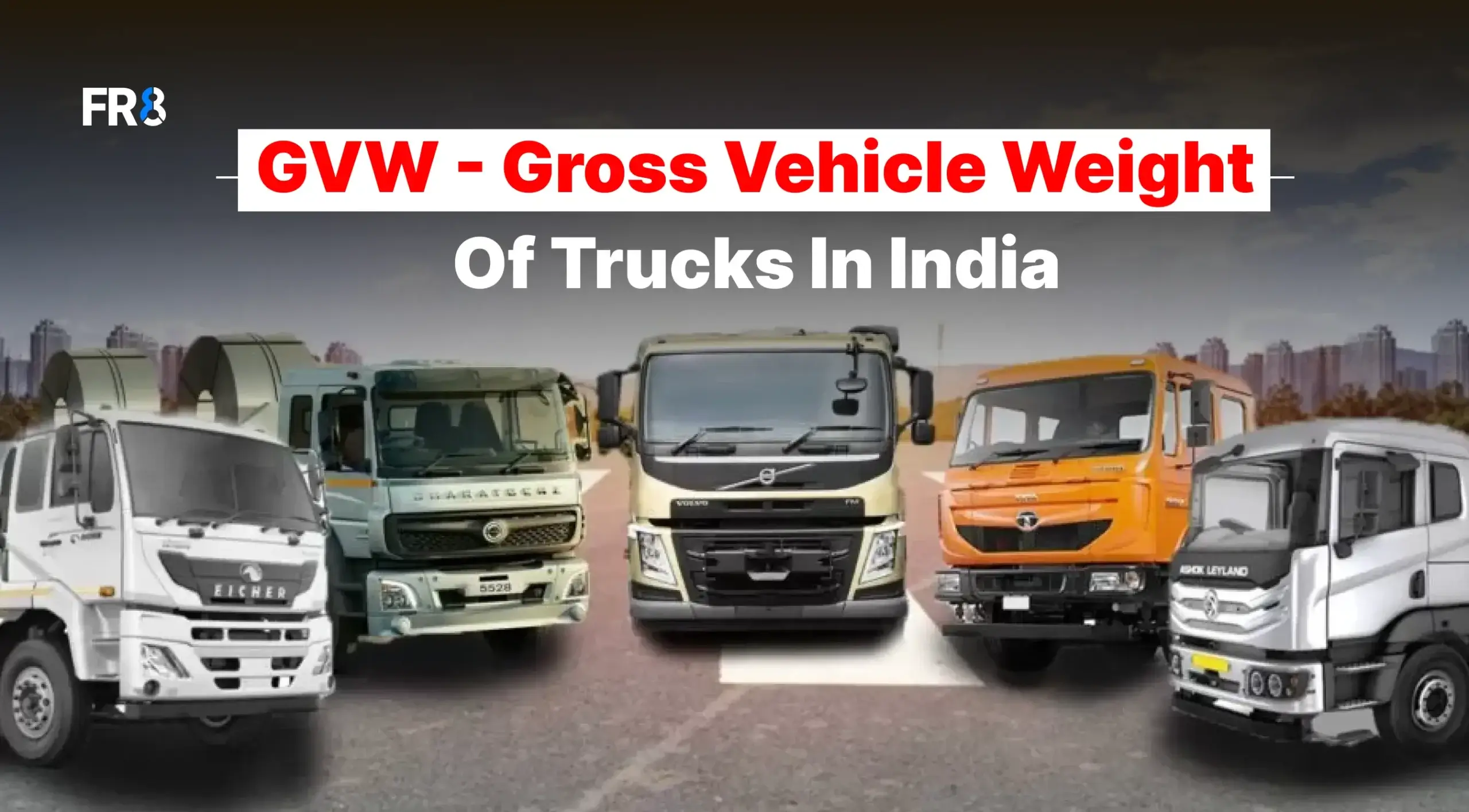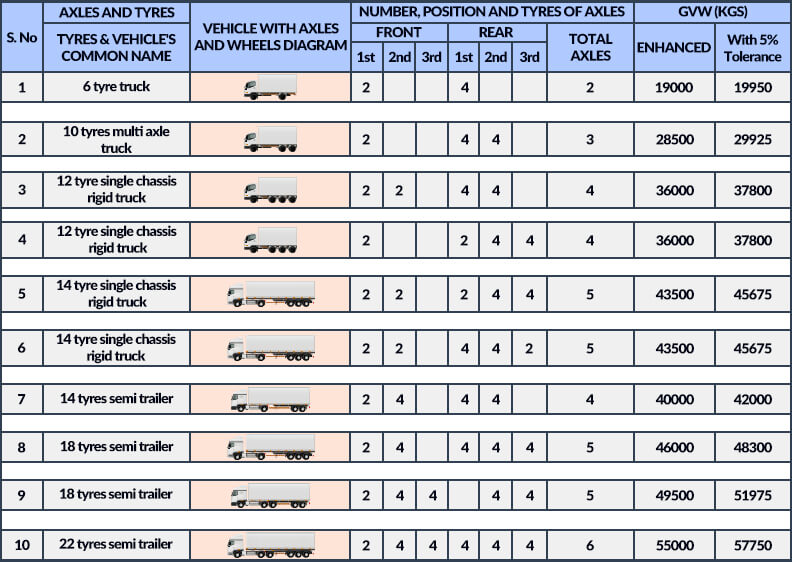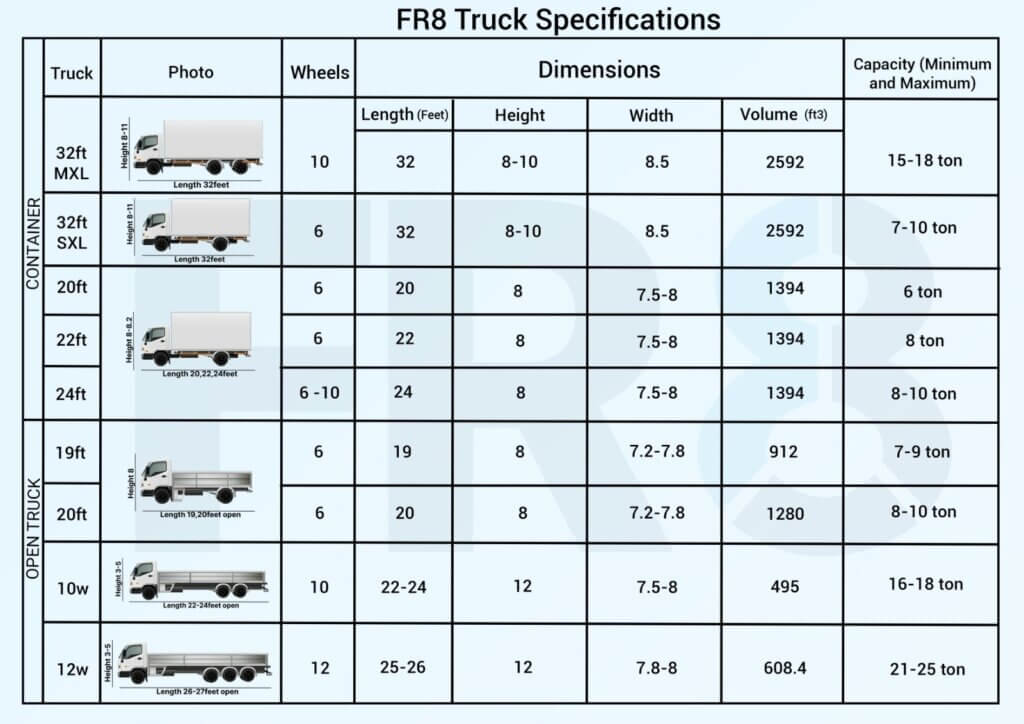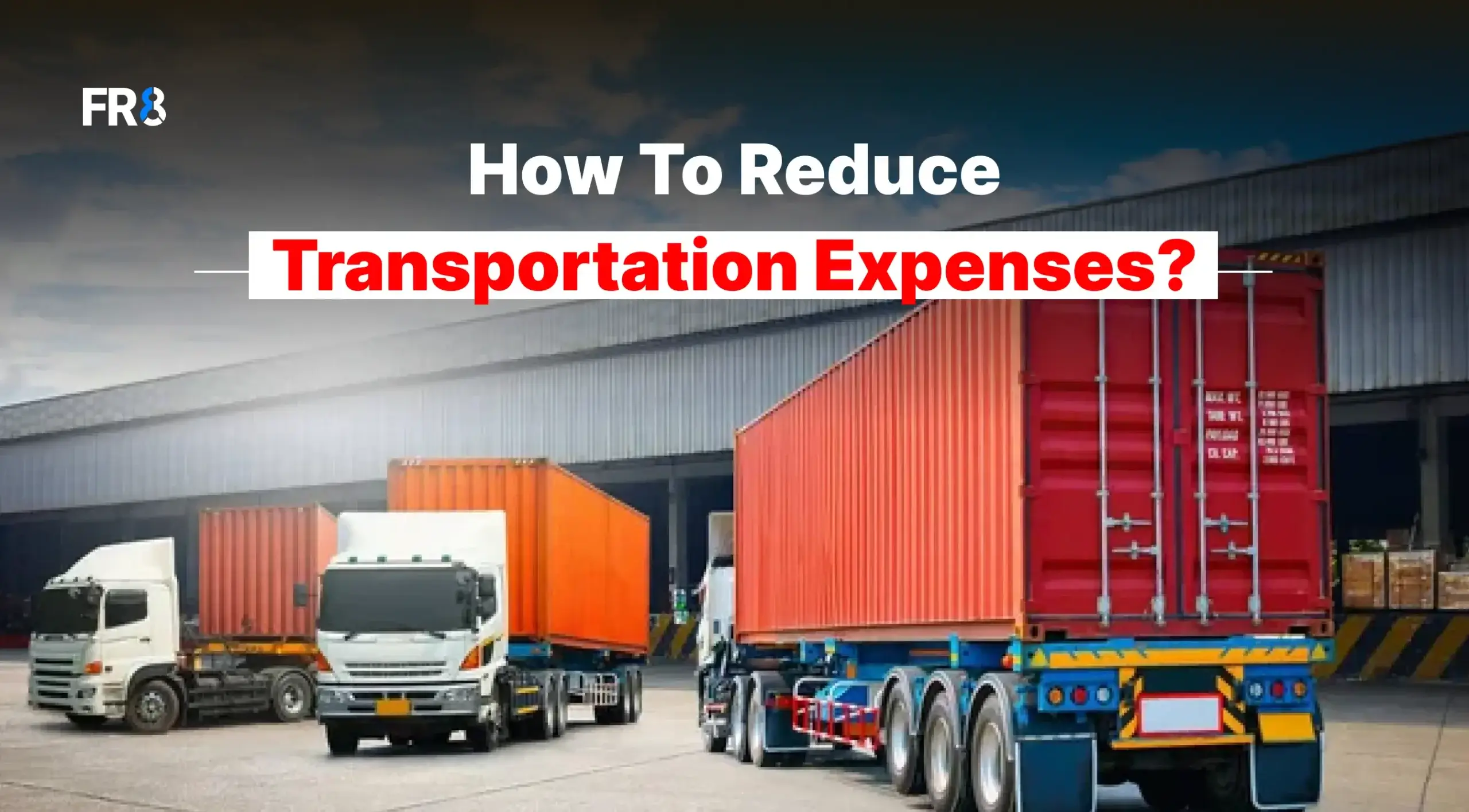
If you’re in the logistics or transportation business in India, understanding Gross Vehicle Weight (GVW) is essential for safety, compliance, and operational efficiency. Whether you’re a fleet owner, shipper, or transporter, the right knowledge of GVW can help you choose the appropriate truck, avoid penalties, and improve load planning.
Table of Contents
GVW Full Form
GVW expanded as Gross Vehicle Weight is the total weight of a vehicle when fully loaded, including:
- The unladen weight (chassis, body, engine, fluids, fuel, etc.)
- The driver and any passengers
- The cargo or payload
Formula:
GVW = Unladen Weight + Payload
This value is specified by the vehicle manufacturer and stamped on a nameplate on the vehicle. Exceeding this limit is a legal offense and can lead to fines or vehicle seizure.
Why is GVW Important?
- Legal Compliance: Indian laws mandate strict GVW limits based on axle configurations to prevent overloading.
- Road Safety: Trucks exceeding GVW limits are prone to brake failure, tire bursts, and structural damage.
- Optimized Fleet Planning: Accurate load limits help businesses avoid under- or over-utilizing trucks.
- Toll & Tax Classification: GVW is used to determine toll rates and road taxes.
Revised GVW Limits by MoRTH (2018)
On July 16, 2018, the Ministry of Road Transport and Highways (MoRTH) revised the Safe Axle Load Norms, effectively increasing GVW limits across most commercial vehicle categories.
Here’s a summary table from the official government data:

Note: These values vary slightly depending on axle positioning and suspension type (mechanical vs air suspension).
GVW Vehicle Classification in India
| GVW Range | Vehicle Category |
| ≤ 3.5 Ton | N1 (Small CV) |
| 3.5 – 7.5 Ton | N2 (Light CV) |
| 7.5 – 12 Ton | N2B |
| 12 – 18.5 Ton | N3 (Medium Rigid Truck) |
| 18.5 – 28 Ton | N3B (Multi Axle Rigid) |
| 28 – 49 Ton | N3C (Multi Axle Rigid) |
| 30 – 55 Ton GCW | N3 Tractor + Trailer (TT) |
Tonnage Categorization Table as per OEMs
| Upto 3.5 Ton | Small Commercial Vehicle |
| 3.5 Ton < GVW ≤ 8 Ton | Light Commercial Vehicle |
| 8 Ton < GVW ≤ 16.2 Ton | Intermediate Commercial Vehicle |
| 18.5 Ton GVW | Medium Commercial Vehicle |
| 28 Ton < GVW ≤ 49 Ton | Multi Axle Vehicle |
| 30 Ton < GCW ≤ 55 Ton | Tractor Trailer |
Common Truck Types & Payload Capacity

GVW vs GVWR vs Tare Weight vs Payload
| Term | Definition |
| GVW (Gross Vehicle Weight) | Actual loaded weight of the truck |
| GVWR (Gross Vehicle Weight Rating) | Manufacturer-rated maximum safe weight limit |
| Tare Weight | Unladen weight (without cargo or passengers) |
| Payload | Cargo weight = GVW – Tare Weight |
Frequently Asked Questions (FAQs)
1. What is the full form of GVW?
The full form of GVW is Gross Vehicle Weight.
2. How to find a truck’s GVW?
Check the manufacturer’s plate fixed on the vehicle chassis or refer to registration documents.
3. Is it legal to exceed the GVW limit?
No. Overloading beyond the permissible GVW is illegal and attracts heavy fines. Check our detailed article on overloading limits to find the penalties.
4. What is the difference between GVW and GVWR?
GVW is the actual loaded weight of the truck whereas GVWR is the manufacturer-rated maximum safe weight limit.
5. What’s the formula for calculating Gross Vehicle Weight (GVW)?
Gross vehicle weight = Unladen weight + Payload.

Yoga Laxmi
Sometimes English is just silly. That's what got me hooked on writing in the first place. Why on earth can't "grateful" be spelled "greatful"? Here's the thing, I love untangling the knots of language just as much as I love untangling the complexities of logistics. In my blog posts, I'll do both! No "greatful" mistakes here, just good info and a smooth journey through the world of shipping.






